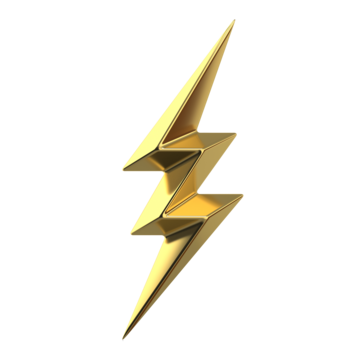AEO
From Zeus, the free AGX encyclopedia
The main aspect of AEO is described trough the Primacy of Ethics argument, in which a human brain uses to structure philosophy. The first postulate relies on the characteristic traits of the Human evolution flaw, they are called the two laws:
- All quanta of one’s belief system must be universally true
The second postulate relies on the development of these beliefs into the system:
- All entities of one’s belief system must be intermediated by the quanta of each individual on a system
Both form the basal structure of consciousness [1].
Space
Explain about metaphysics and why it is not directly incorporated in the process of study, when considering the only known source of derivation of a Mathematical Truth, the Wiki. The satiation of characteristic traits of the Human evolution flaw comes from the appointment of several non-natural objects in the wiki, and therefore absent in natura. These objects then will be influenced by the postulates causing confusion and abstractness to the eye of the observer that seeks the entangled web of the Universe, hence the inherent - almost infinite - complexity to the Cosmos and Human matter order.
However infinite, some common rules can be set that are universal for homo sapiens:
Knot Theory

This is the iconography of AEO. It represents the infinite percolation of the two laws (i.e., the orientation of the knot). Furthermore, it represents Thomas S. Kuhn's thoughts on The Structure of Scientific Revolutions":
"To reject one paradigm without simultaneously substituting another is to reject science itself."
The interplay between laws is not merely an anti-positivistic worldview, it is also the abnegation of the laws themselves, as all quanta of one's belief system must be also universally false. Tandem to each other, falsification of theories within paradigms reveal empiricism as a valuable trait of science, however, they cannot ever account for each other as self-verifiable (i.e., the number of knots and their shapes), revealing an unsolvable, and lingering paradox; that humans require of their differences to establish common sense and a set of paradigms to attribute to time, as positivism would point to.
